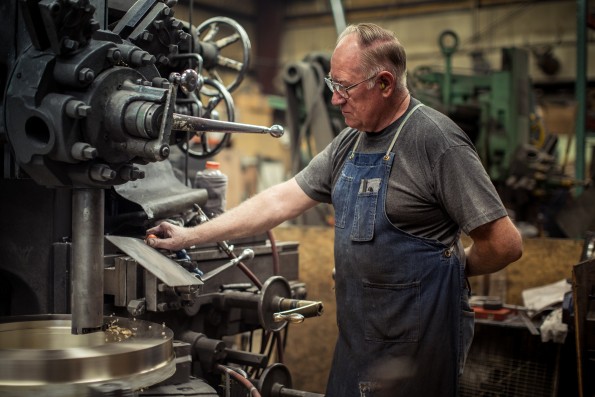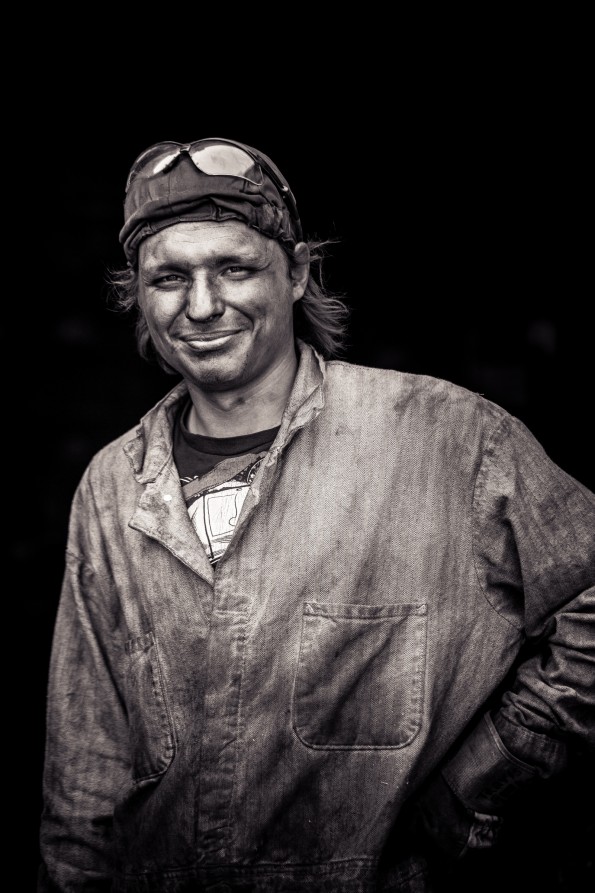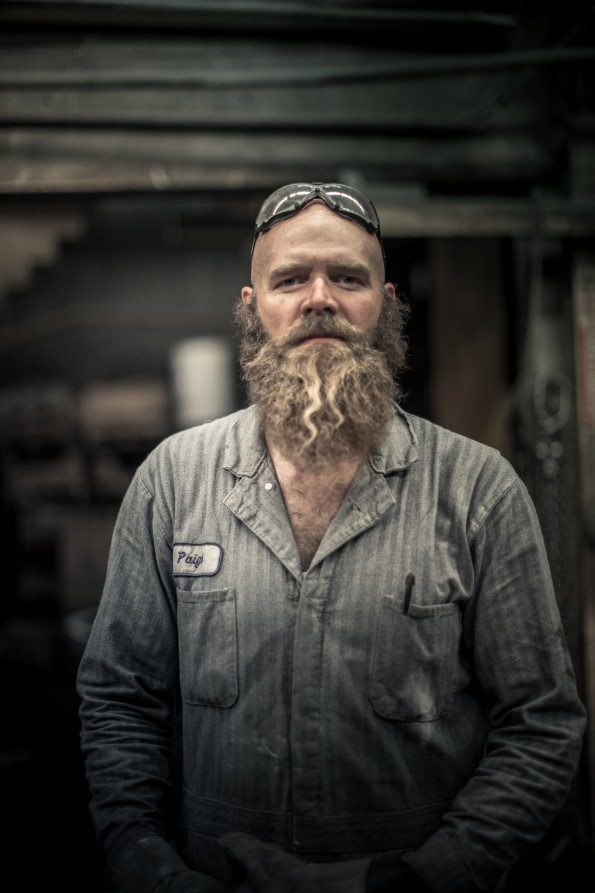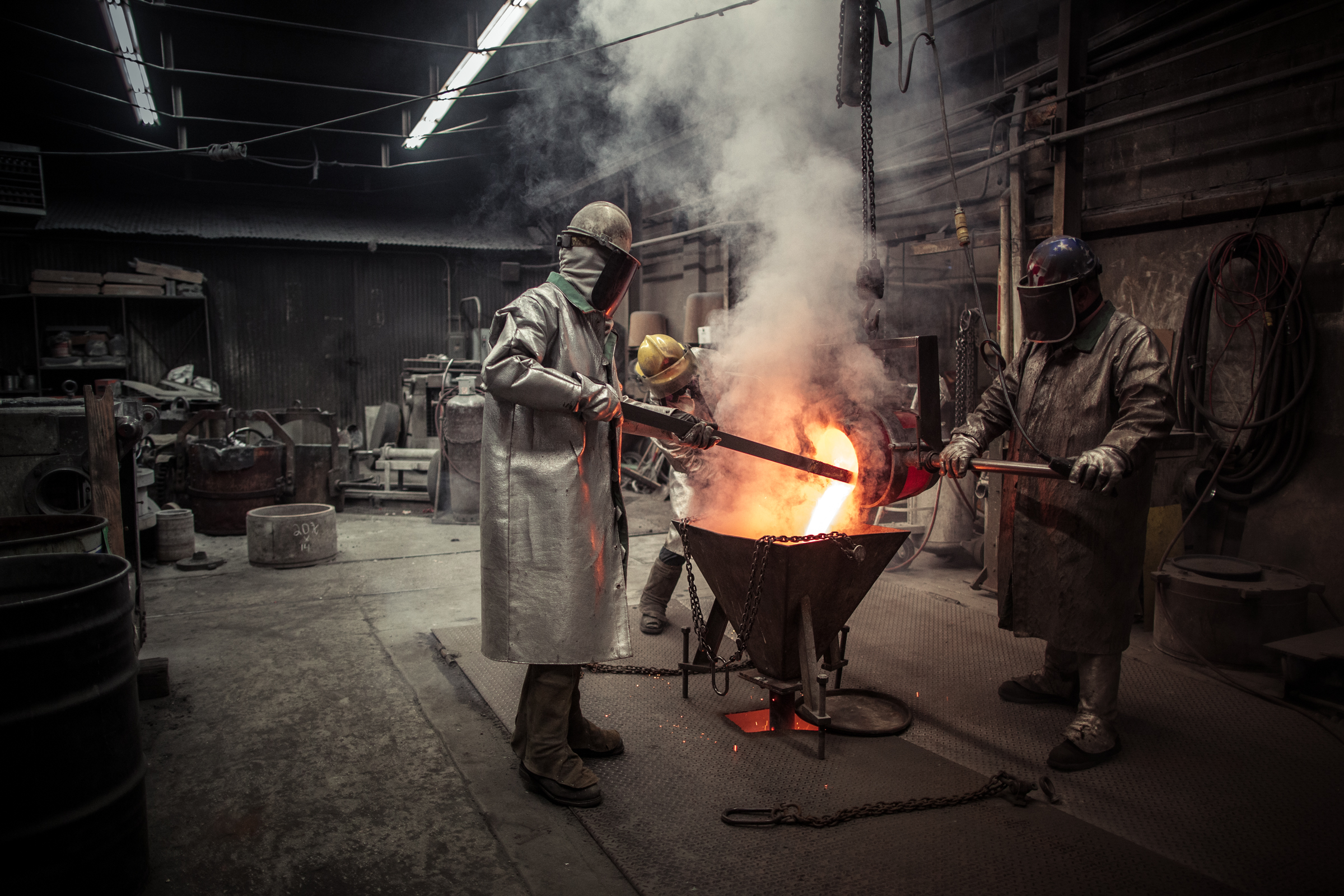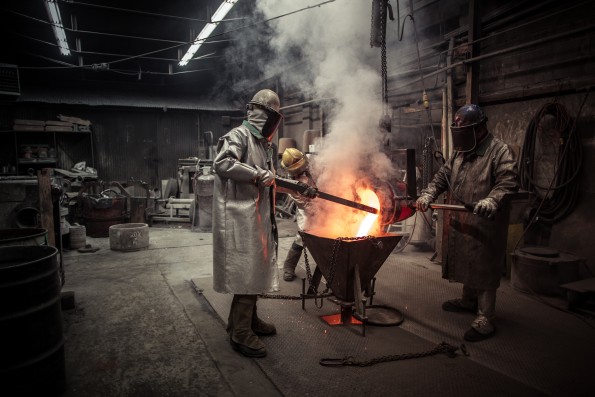
Four generations of metalworkers have labored at State Brass Foundry & Machine since Robert “Archie” Austin and Joe Riddle opened it in 1919. This gray-bricked building on 1400 South State Street feels as if the god Vulcan keeps an apartment in back. It manufactures ferrous and non-ferrous castings for all types of industrial applications as well as custom machining, welding and fabrication, chemical and physical testing and non-destructive material examination.
The company weathered both the Roaring ’20s and the Great Depression, and in 1938, Archie’s son-in-law, Don Archer began working there. Soon afterwards Joe Riddle sold Archer his shares, thus making it strictly a family business. The company continued to expand and in 1944, Austin’s son, Robert L., joined the business.
The family opened a machine shop in 1950. By 1967, the company had outgrown their buildings and constructed a 6,000 square foot shop to accommodate new equipment and to provide more work space.
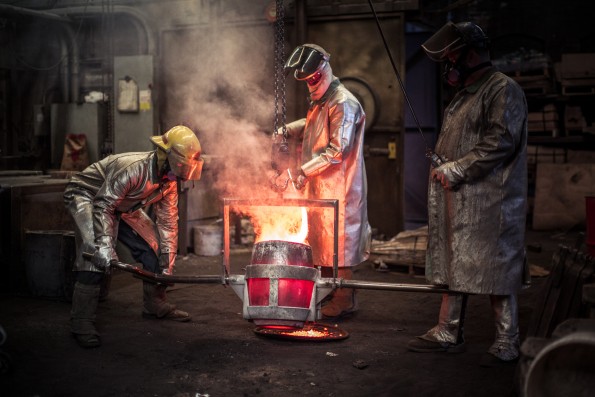 The third generation entered the business in 1972 when Archer’s son, Dennis, (also called Kim) came on board. Difficult decisions were looming. The cost of fuel was rising and Archer determined that modern induction furnaces needed to be purchased. These furnaces gave State Brass the ability to melt iron, steel and stainless steel in addition to bronze and aluminum.
The third generation entered the business in 1972 when Archer’s son, Dennis, (also called Kim) came on board. Difficult decisions were looming. The cost of fuel was rising and Archer determined that modern induction furnaces needed to be purchased. These furnaces gave State Brass the ability to melt iron, steel and stainless steel in addition to bronze and aluminum.
In 1985, State Brass added a centrifugal casting operation, again expanding to meet the times. A decade later, the fourth-generation family member, Kim’s son, Don began working in the business. This family refuses to let the art of metal work die out.
Throughout the nineties Geneva Steel, Bethlehem Steel and most of the major steel making companies in the United States went under because of their inability to compete with foreign markets when free trade was introduced. Only a few niche large metal fabricators have survived.
“If our government has its way we will be sending most of what we do to China,” Kim Archer said. “There is not a week that goes by that there is not one of us going out of business, whether it is being mandated or regulated by the government.”
He understands that the job they do is a dirty one and people are concerned about pollution. Thus Archer is planning on opening another location in Tooele at the Army Depot in the fall.
“We do a lot of work for folks around the state. We have the expertise that these businesses still need,” Kim Archer said. The family at State Brass maintains the principles of their late grandfather and founder; no 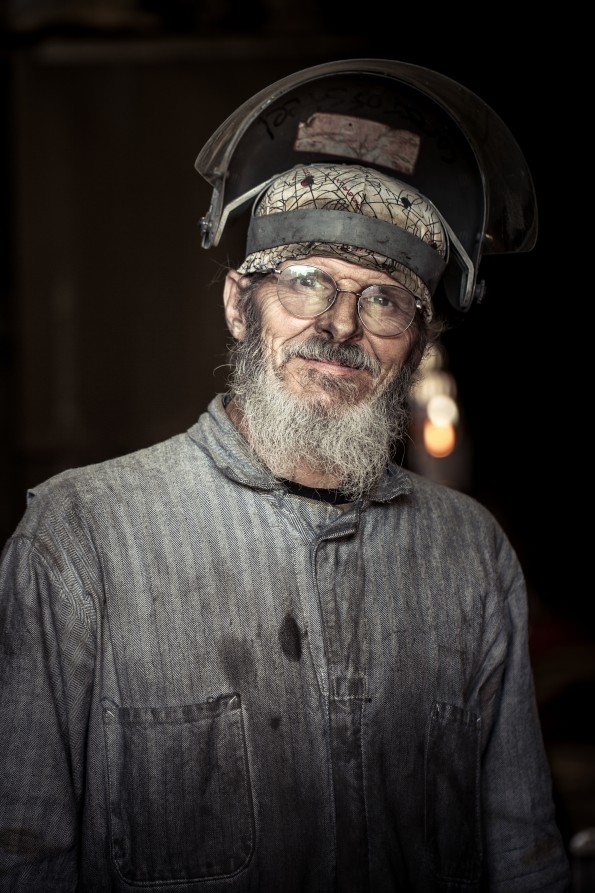 job is too small if a customer needs it.
job is too small if a customer needs it. 